Knee Replacement
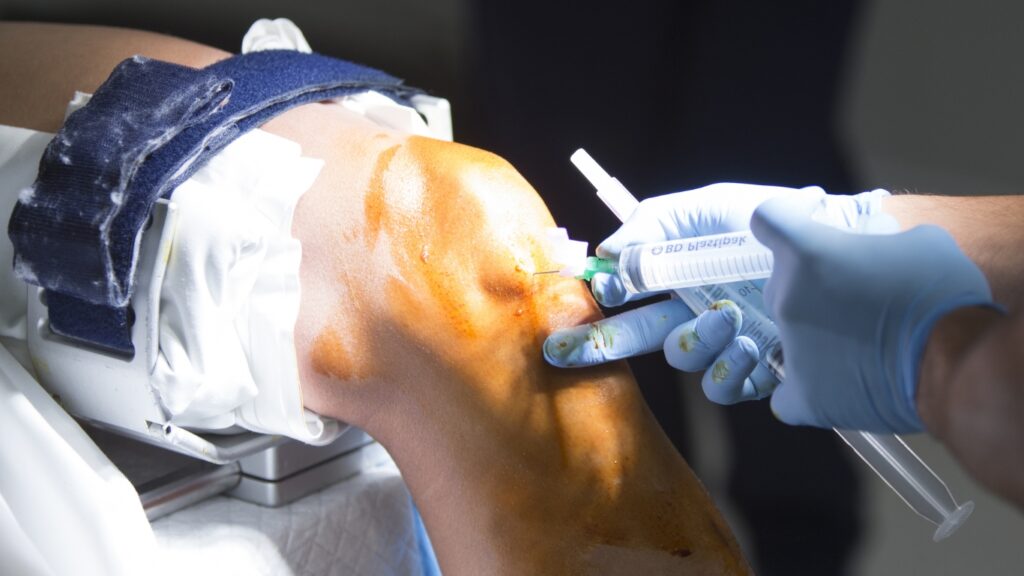
Knee Replacement
Knee replacement is a highly effective surgical procedure designed to relieve chronic knee pain and restore joint function for individuals suffering from severe arthritis or joint damage. During the surgery, damaged cartilage and bone are replaced with artificial components that mimic the natural movement of the knee, improving mobility and quality of life. With advancements in medical technology and surgical precision, knee replacement offers reliable, long-term relief and helps patients return to everyday activities with greater comfort and confidence.
- Flexible and fast scheduling
- Regular quality assurance
Here’s how it works:
Diagnosis & Evaluation
The orthopedic surgeon evaluates knee pain, stiffness, and mobility. X-rays or MRI scans are used to assess the damage (usually from arthritis or injury).
Pre-Surgical Preparation
The patient undergoes medical tests to ensure they are fit for surgery. Instructions on fasting and stopping certain medications are provided.
Anesthesia Administration
General anesthesia (puts you to sleep) or spinal anesthesia (numbs from the waist down) is given.
Incision
The surgeon makes an incision (cut) in the front of the knee to access the joint.
Removal of Damaged Surfaces
The worn-out or damaged bone and cartilage from the femur (thigh bone), tibia (shin bone), and sometimes patella (kneecap) are removed.
Placement of Implants
Metal components are attached to the ends of the femur and tibia. A plastic spacer is inserted between them to allow smooth joint movement. If needed, the underside of the kneecap is also resurfaced with a plastic implant.
Alignment and Balancing
The surgeon checks the alignment and movement of the new joint to ensure a natural range of motion and stability.
Closing the Incision
The surgical site is closed with stitches or staples. A sterile bandage is applied.
Post-Operative Care
The patient is moved to recovery for monitoring. Pain management, antibiotics, and blood thinners are administered as needed.
Rehabilitation Begins
Physical therapy starts within a day or two to regain movement and strength. Most patients walk with assistance shortly after surgery.
Recovery & Monitoring
Full recovery typically takes 6–12 weeks. Follow-up appointments are scheduled to track healing and implant function.
Knee arthroscopy is commonly used for conditions like
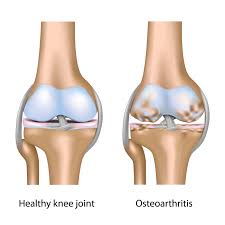
Osteoarthritis
The most prevalent cause, osteoarthritis is a degenerative joint disease that results in the breakdown of cartilage, causing pain, stiffness, and reduced mobility in the knee.
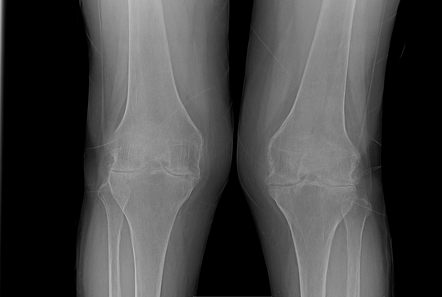
Rheumatoid Arthritis
An autoimmune condition that leads to chronic inflammation of the joint lining, rheumatoid arthritis can cause joint deformity, severe pain, and cartilage erosion over time.
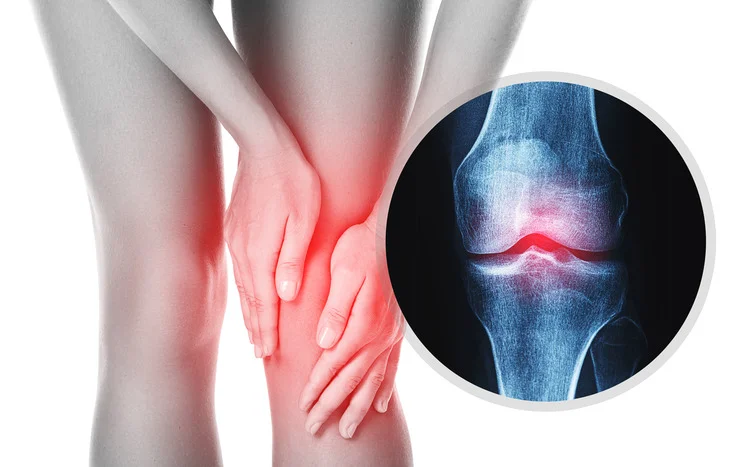
Post-Traumatic Arthritis
This form of arthritis develops after a serious knee injury such as fractures, ligament tears, or meniscal damage. It can lead to joint instability and progressive cartilage loss.
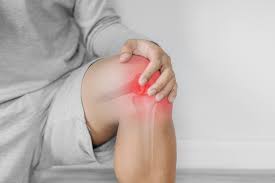
Severe Knee Deformities
Conditions like bow legs (varus) or knock knees (valgus) can worsen over time and lead to joint deterioration, eventually requiring surgical intervention.
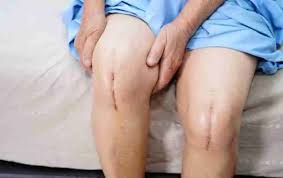
Failed Previous Knee Surgeries
Patients with unsuccessful knee surgeries or complications from prior procedures may need knee replacement to correct functional deficits and alleviate persistent pain.
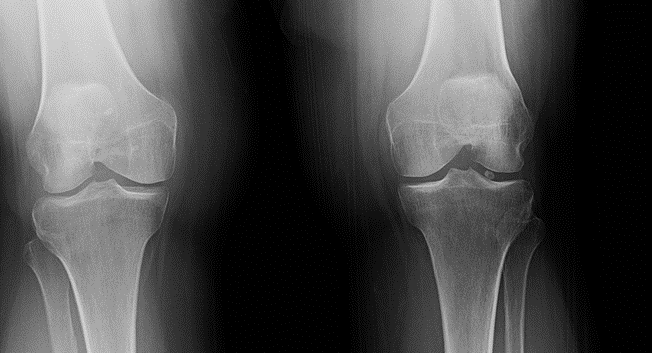
Removing loose fragments of bone or cartilage
Avascular Necrosis When blood supply to the knee bone is disrupted, the bone tissue can die, leading to joint collapse and necessitating replacement to restore function and relieve pain.
